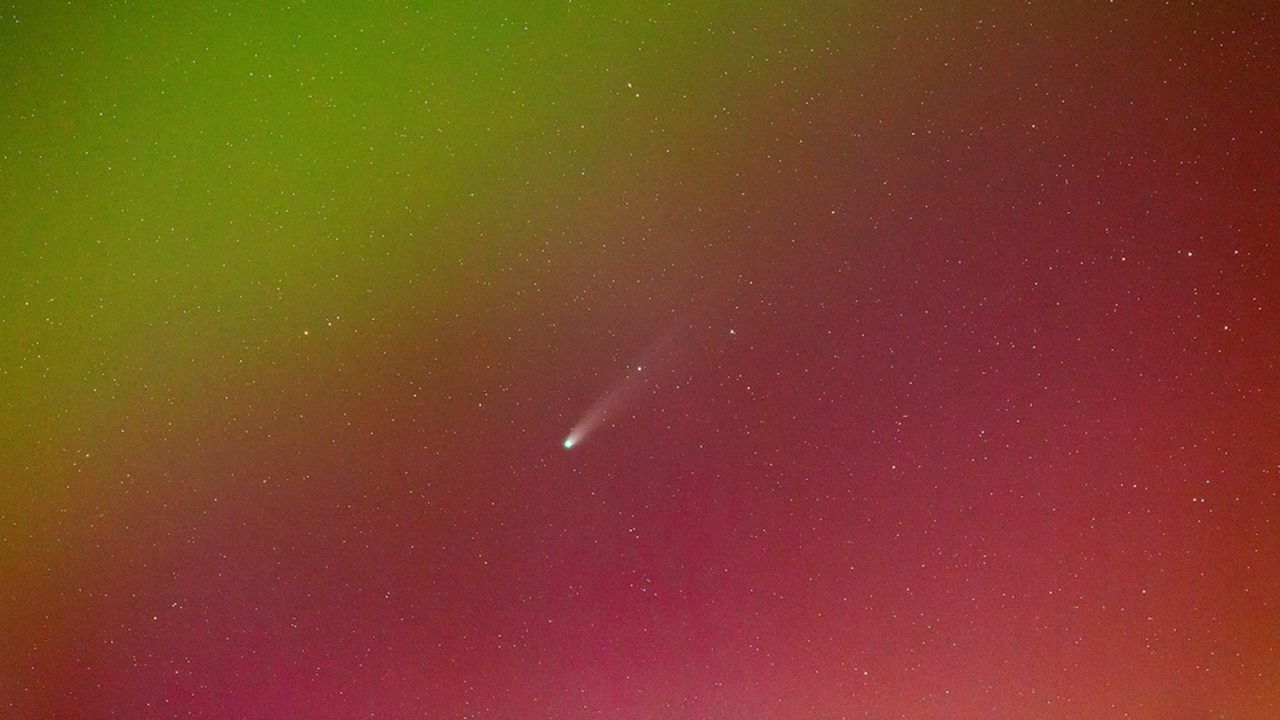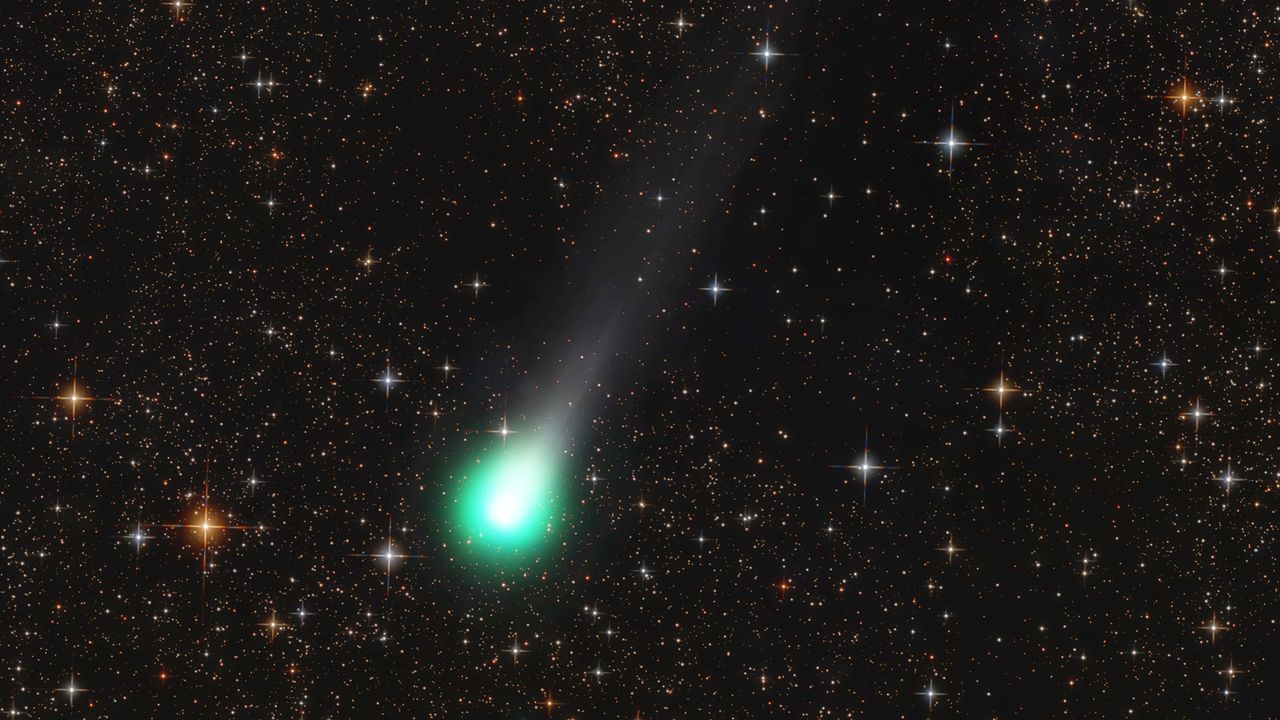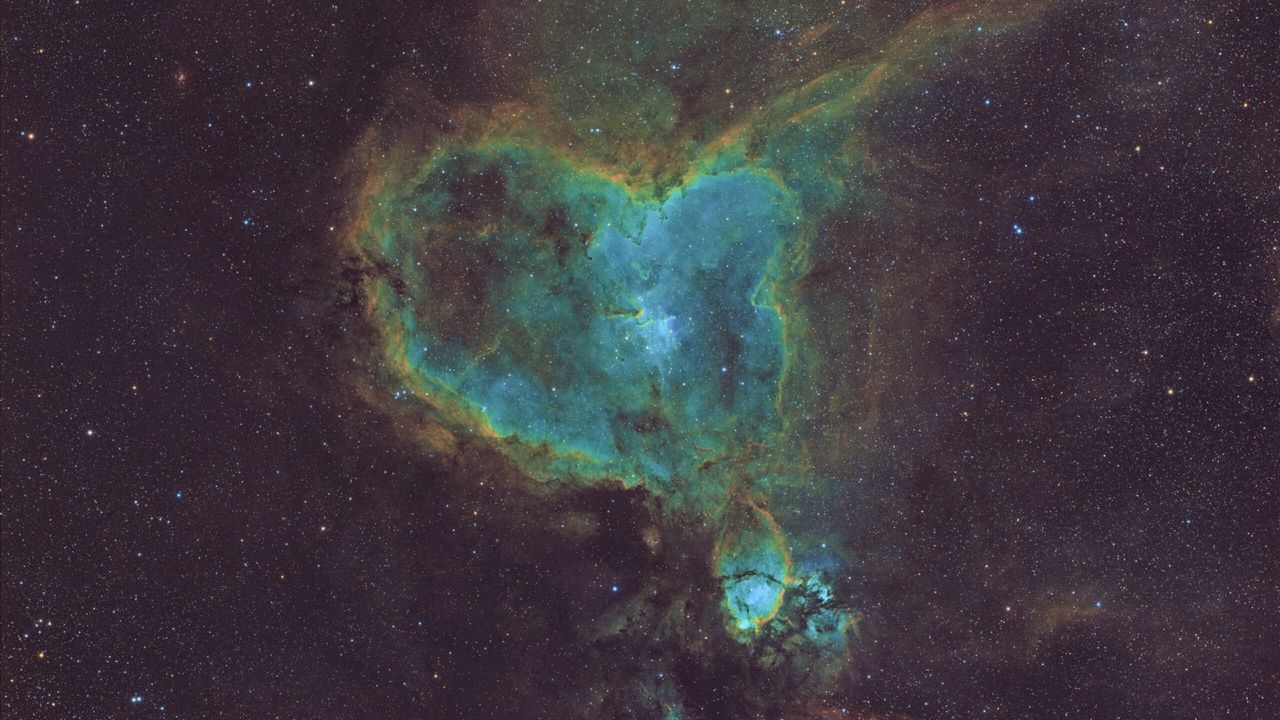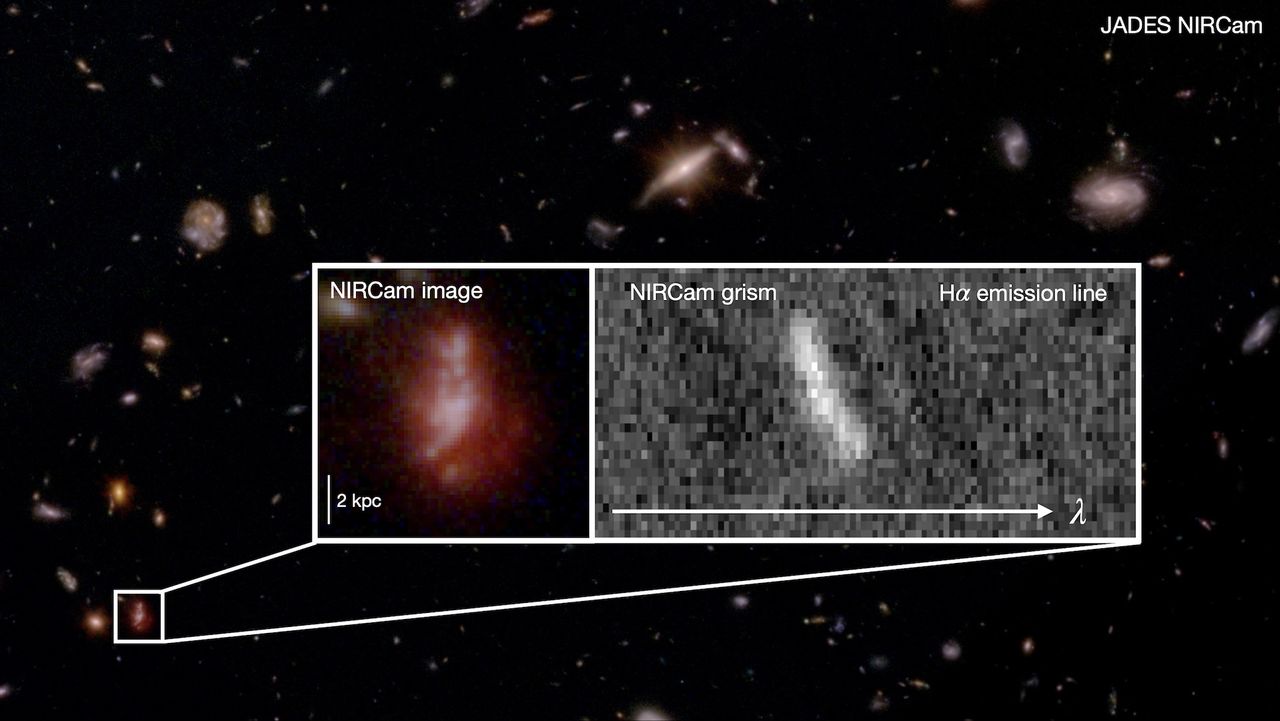Superbright 'Comet Lemmon' gets its tail temporarily torn to pieces by solar wind
PositiveScience
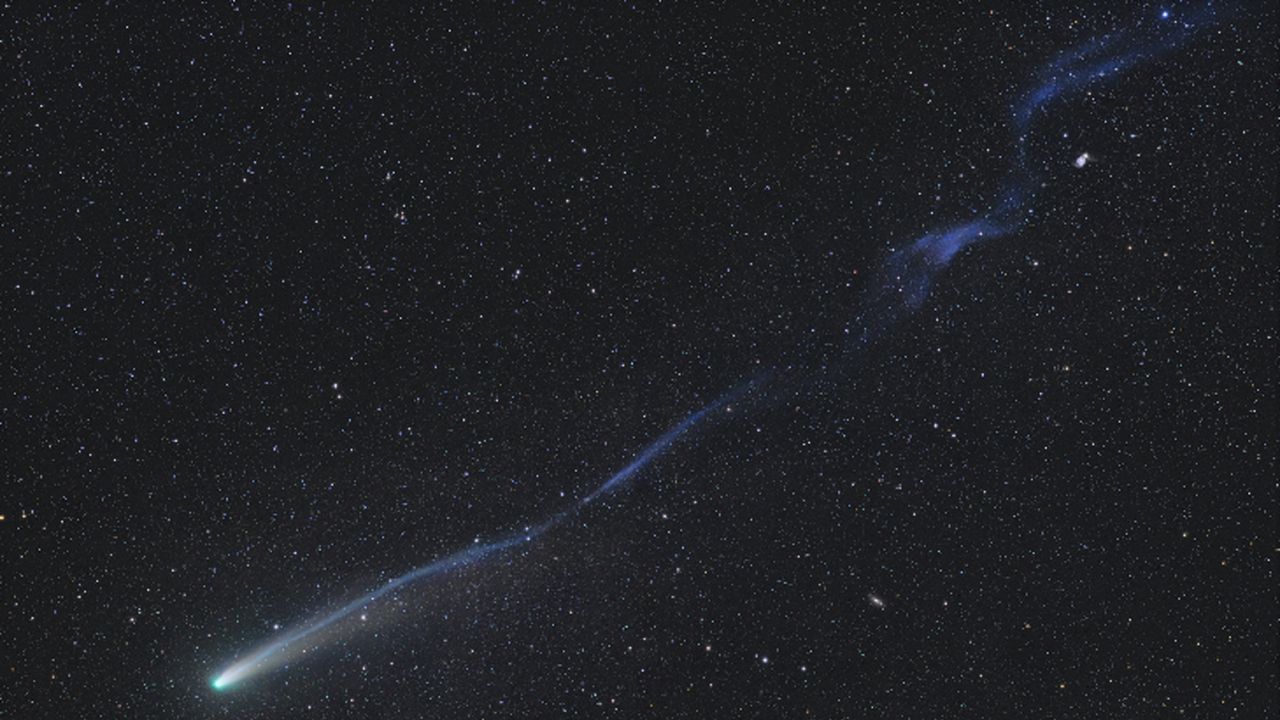
Astrophotographer captures a breathtaking image of Comet Lemmon's tail being torn apart by a powerful solar wind just days before its closest approach to Earth. This event is significant as it highlights the dynamic interactions between celestial bodies and solar phenomena, offering a unique glimpse into the beauty and unpredictability of our universe.
— Curated by the World Pulse Now AI Editorial System
